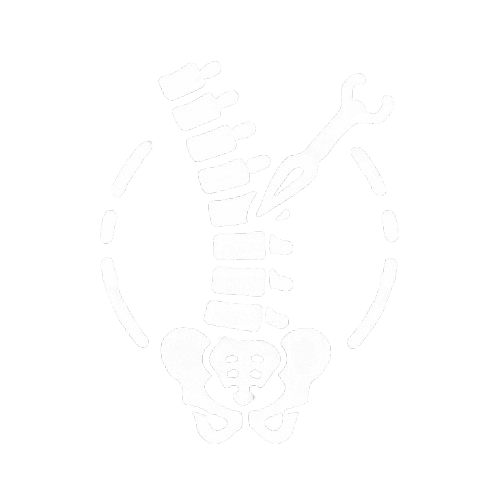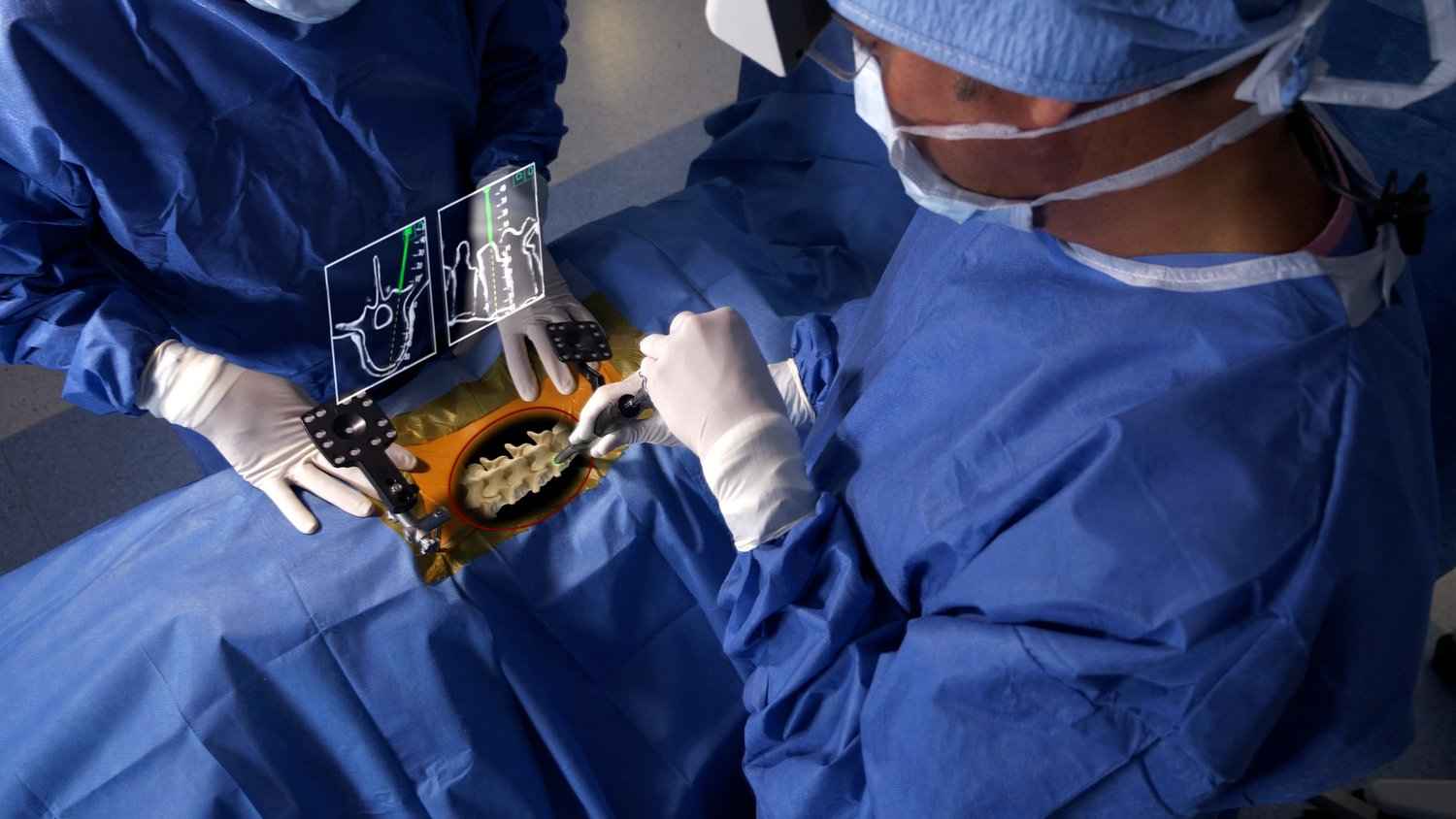Overview:
Open spinal surgery is a traditional method used to treat severe spinal conditions like herniated discs, spinal stenosis, or fractures. It involves making a large incision to directly access and repair the spine, allowing for procedures such as laminectomy, discectomy, or spinal fusion. While highly effective for complex issues, this surgery requires a longer recovery period, often several months, and carries risks such as infection, nerve damage, and prolonged pain. Despite these challenges, open spinal surgery is commonly recommended when less invasive options are not viable







